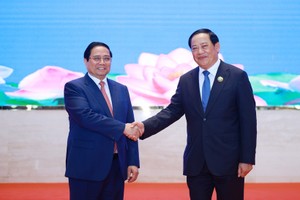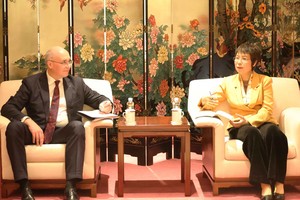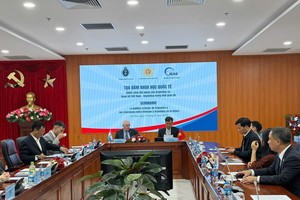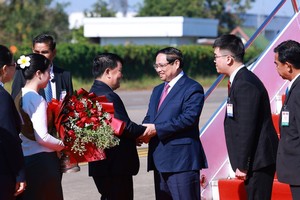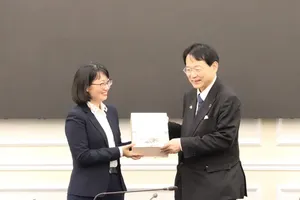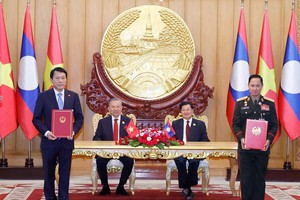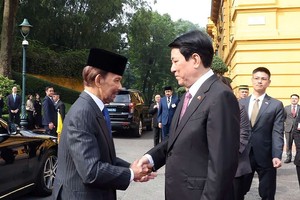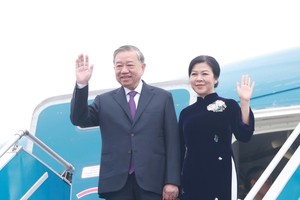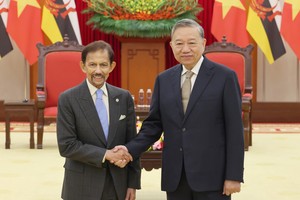
"It makes sense to continue TTIP negotiations and to work towards a solution that increases overall trade while reducing our trade deficit," US Commerce Secretary Wilbur Ross said on CNBC.
"It’s no mistake that, while we withdrew from TPP (the Trans-Pacific Partnership trade deal with Pacific Rim economies) we did not withdraw from TTIP," Ross said.
The remarks marked a shift for the administration of President Donald Trump and come as the United States and Germany clash on policies including diplomacy and trade.
Launched in 2013, negotiations on the TTIP, which would set up a huge free trade area on both sides of the Atlantic, screeched to a halt when Trump was elected on a campaign that went heavy on protectionist talk and policies.
One of Trump’s earliest such moves was to back the US withdrawal from another free trade agreement, the TPP, which had been signed by the United States with 11 countries in the Asia-Pacific region, including Japan and Australia.
Brussels and Washington had sought to get the TTIP deal through by the time Obama left office but fell short.
Earlier this month, Asia-Pacific trade ministers agreed to try to revive TPP, even though the United States reaffirmed its decision to pull out. The 12-nation Trans-Pacific Partnership covered 40 per cent of the global economy before Trump abandoned it when he took office in January to meet a campaign promise.
Japan, Australia and New Zealand are leading efforts by the so-called TPP 11 to resuscitate the agreement, convinced it will lock in future free trade and strengthen labour rights and environmental protections. Source from the Vietnamnews.
